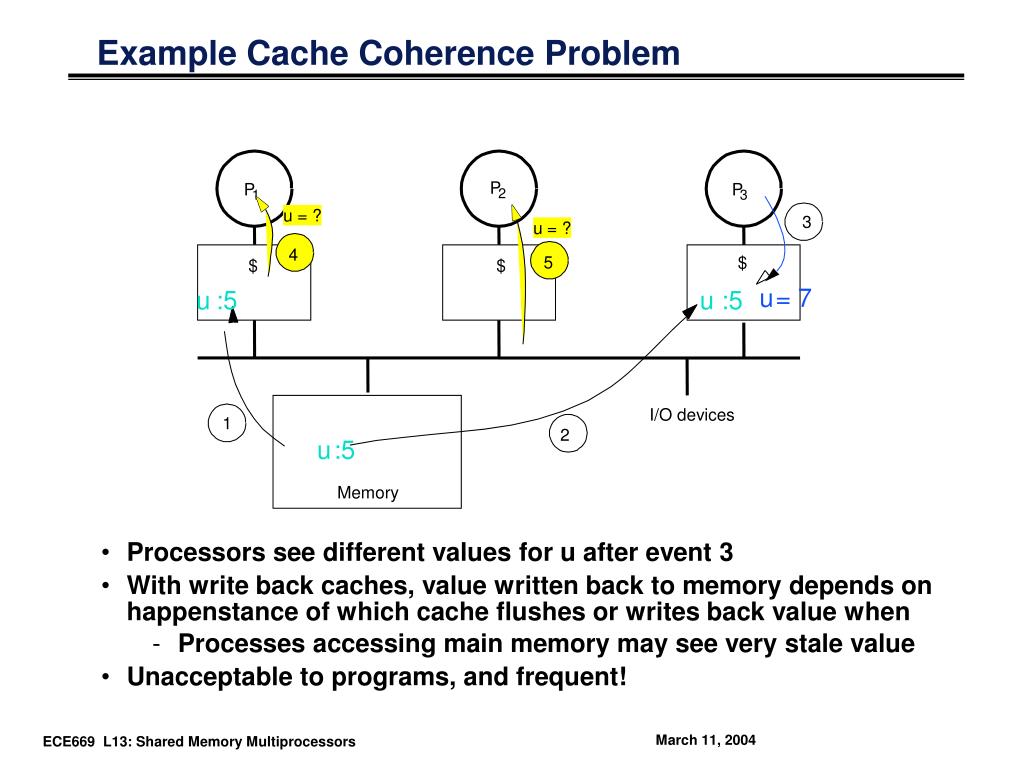


Systems requiring more flexibility may need to use more general purpose architectures and techniques, but generally at a higher cost.Įmbedded systems are computing systems dedicated to specific tasks. Highly periodic systems are more suitable for specialized system designs. Due to the large number of tasks and the unpredictable sequences, systems like this one often need to be organized as general purpose computers„plus, they can take advantage of some of the general purpose computing technology developments.Ĭlearly many actual systems are combinations of the above cases. Because there will be conflicts among events, an efficient priority scheme with many levels is required to assure that the most critical events are analyzed first. The key parameter is the speed of response to events. The detection takes extensive computational analysis structured as hundreds of tasks that are activated as required by the varying conditions. With the use of radar technology, atmospheric conditions are continuously monitored to detect the deadly rapid shifts of winds known as microbursts. A good example of this is the system used by Raytheon to detect wind shear bursts at airports. Most continuous systems are implemented as periodic systems with very fast frames.Įvent-driven real-time applications are characterized by essentially unpredictable combinations of events requiring handling by a computer system. In some cases the analog computers were directly replaced with digital computers, but the system is organized as if analog computers were still being used. In the early days of computing, these applications were handled with analog computers. Task overruns can seriously disrupt the complete process.Ĭontinuous real time deals with monitoring and controlling physical variables as they occur in time. The dominant concern in this model is deterministic execution times. Some tasks are executed every frame, and some are executed only when a condition occurs but the conditional tasks have a pre-determined slot in which to execute. Typically hundreds of tasks are executed within the frame. The processors are made aware of this base through repetitive interrupts that are either derived from a very accurate internal timer or supplied from an external source that may be common to other equipment in the system. Periodic real-time computing is generally controlled by a fixed time base that often takes the form of a main time frame and smaller divisions within the frame. Rather than attempt to precisely define real-time computing, I'll describe the key relevant application issues and discuss several broad classes of real-time applications. The context for this article is real-time applications, with emphasis on high-end tasks that require multiple processors. This article discusses these issues as they relate to real-time applications and embedded systems in particular.Īs more embedded applications become complex enough to require multiprocessing, cache coherence technology needs to be evaluated and adapted to these applications. Much has been published on cache organization and cache coherence in the context of general purpose computing.


 0 kommentar(er)
0 kommentar(er)
